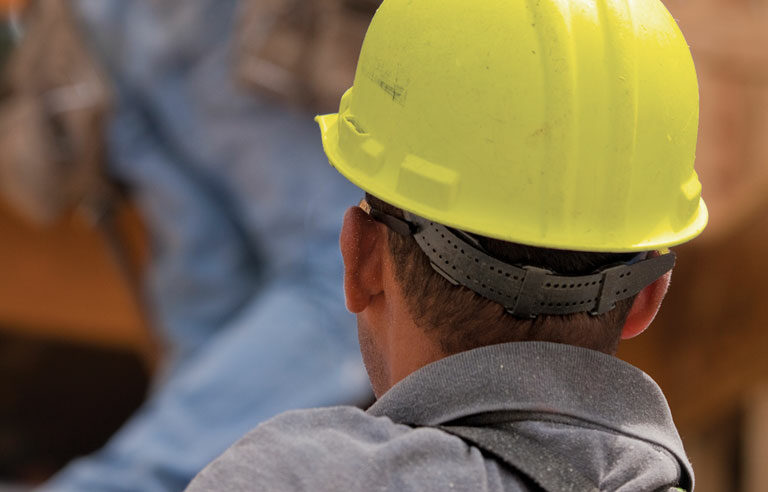What is a 'competent person'?
OSHA’s requirements for the term extend beyond simply designating someone with the title

OSHA standards and the ‘competent person’
KEY POINTS
- A competent person needs to not only recognize hazards, but be in a position to mitigate them.
- It is possible to have an individual who is competent in many tasks, or to have multiple competent people for several different tasks.
- While some experts believe hazard training is important, others assert that general "competent person training" does not exist.
When a boss calls an employee a “competent person,” it is not necessarily a compliment – it is a legal obligation.
A competent person is an employee who is able to recognize hazards associated with a particular task, and has the ability to mitigate those hazards. Many OSHA construction standards require someone onsite – such as a foreman, supervisor or other employee – to be designated as a competent person.
However, OSHA does not have a specific standard regarding a competent person, which has led to some confusion.
“It’s a fairly misunderstood term,” said Phil Colleran, a Riverside, IL-based safety consultant specializing in construction and a former OSHA compliance officer. Some people may believe they can be considered a competent person because they attended a class or a boss arbitrarily assigned the title to them – although neither is necessarily the case, Colleran stated.
Knowledge and action
A competent person should not be chosen lightly, experts say, because he or she needs to be qualified to identify the hazards associated with a particular operation. For instance, if work is being performed on scaffolding, the competent person must be knowledgeable about scaffolding hazards.
This knowledge can come from a person’s skills, experience and training, according to Kevin Cannon, director of safety and health services with the Associated General Contractors of America in Arlington, VA. Training, which Cannon called key, can provide the individual with information from particular manufacturers or on various OSHA standards that will help him or her identify hazards.
Colleran warned against general “competent person training,” and stressed that fitting the description goes beyond what is learned in a classroom. “Just because you sat through a 10-hour course isn’t alone in determining your competency,” he said. “Competence is demonstrated, not certified.”
Part of that demonstration entails the competent person being able to immediately correct any hazards that may appear. If that person is unable to do so, he or she would not fit the definition of competent person, Colleran said.
This is where part of the confusion with the term resides, according to Cannon. “You can have an employee who’s competent but may lack the authority to take any corrective action,” he said. “Employers need to make sure the employee identified as a competent person has such authority granted to them.”
Proper person
Because many different types of activities can take place on a worksite, a competent person must either have the authority to make safety-related changes to those different operations or know who can enorce those changes.
For instance, imagine a site where some workers are on a scaffold several yards downwind from a mason subcontractor performing cutting work. Because the scaffold workers are being exposed to dust and other potentially hazardous debris from the masonry work, and the masons are not under direct control of the competent person for the scaffolding work, the competent person must mitigate the situation by going to the general contractor.
A large worksite with different operations going on at the same time also may require more than one competent person, Colleran suggested.
“There is nobody who is all-competent,” he said. “There are many types of many competent persons based on the fact [that] there are many specialized activities out there, and you can’t be competent in all fields.”
Post a comment to this article
Safety+Health welcomes comments that promote respectful dialogue. Please stay on topic. Comments that contain personal attacks, profanity or abusive language – or those aggressively promoting products or services – will be removed. We reserve the right to determine which comments violate our comment policy. (Anonymous comments are welcome; merely skip the “name” field in the comment box. An email address is required but will not be included with your comment.)

